Are you struggling to find the right shoes for your kids’ constantly growing feet? Are you feeling unsure about whether or not your kids have the wiggle room they need? Are you wondering how to measure your kids’ feet so they get shoes that fit perfectly?
If so, you’ve come to the right place—Kizik is here to help! We know flexibility better than anybody, and we also know that comfort is key for kids and adults alike.
Children’s feet can grow up to half a size every three months. That means you might need to grab a new pair of shoes very soon if you don’t use the right measuring techniques. Even if this isn’t your first rodeo at the shoe store, make sure that you take it slow and ask plenty of questions to ensure that the right shoe gets placed on your kids’ little feet!
Read on for advice on how to set children up with shoes that will keep them comfortable and confident day in and day out.
Can you measure kids’ feet at home?
First off, let’s get on the same page about feet.
Did you know feet can grow to be slightly different sizes, meaning you might have one larger foot and one smaller one?
Because of this, it’s critical to measure the left foot and right foot separately when you measure kids’ feet, just in case this is what the child is experiencing. It’s a more common occurrence than you might think!
An excellent way to measure your kids’ feet properly is by having your little ones stand with their heels against the wall. This creates a controlled space for measuring them from their heel to their longest toe.
It’s always best to use a consistent method of measurement when accuracy is your goal. It doesn’t really matter if you choose inches over centimeters as long as you are consistent and understand the translation of the measurement to the shoe size.
If you’re really feeling nervous about getting this right, you can also place a piece of paper on the ground to mark with a pencil where your child’s big toes are located. On the same sheet of paper, trace a dotted line around the outline of their foot. This way, you can also measure the widest part of their feet. By measuring the width of your kids’ feet, you will know if you need wider, average, or narrow sizing for boys’ or girls’ shoes.
Regardless of your kids’ needs, you should be able to easily find a shoe that fits. Once you’ve finished, take your measurements with you to the shoe store. This will ensure that you are setting yourself up for success when selecting the right shoes for your little ones.
How do you measure kids’ feet at the store?
Getting a foot measurement at the store is sometimes even easier than trying to DIY it at home.
You can always ask a clerk for help if you’re not sure about how to measure your little kids' feet for shoes. Shoe store workers always have tools like a shoe size guide or a Brannock Device — the most popular foot-measuring tool — handy. They can use these tools to confirm that the foot measurements you collected at home are accurate.
If you weren’t able to measure your kids’ feet at home, there’s no need to worry. A shoe store worker can get your child’s shoe size for you to save you some time. Of course, this isn’t an option when you’re buying shoes online, but it’s always helpful when you’re at a brick-and-mortar shoe shop.
Testing the fit at the store
If you’re buying your kids some shoes at the store, make sure to have them try on each pair before you buy. This ensures that you don’t leave with kids’ kicks that are too big or too tight, which can result in painful blisters.
There should be a kids’ shoe size chart in the children’s shoe section that will allow you to reevaluate and compare with the information you have already gained at home. Again, if you didn’t measure at home, no worries—you can do it in the store using a complimentary shoe sizer.
Once your child is laced up into a pair of shoes, you can confirm whether you have the right pair for their foot length by pushing on the toes at the upper edge of the toe box.
You should be able to feel the tops of their toes, but there should be at least half an inch of space between the tips of their toes and the top of the toe box. Doing the toe test will be your best bet for confirming that their shoes are fitting them just right.
What is most essential in this process is that your child has an opportunity to walk around the store and really feel the shoes on their feet.
A few laps around the store will help rule out any superficial discomfort. To eliminate the potential for discomfort, you should make sure that there is no way that the child’s toes could be cramped within the toe box, even if they are wearing a thicker sock.
What are some tips for picking the right kids’ shoe size?
Your child might love a pair of shoes—even if they don’t feel right. Still, that doesn’t mean they’re the pair to buy!
Do what you can to evaluate the shoe for yourself before making a purchase based on their enthusiasm—especially if flashing lights or sparkles are involved. If you’re questioning whether a shoe is a perfect fit or too small, go for a half size up. From there, make sure that your child’s foot is still snug within the shoe.
Why does the right shoe size matter for kids?
If your child is very active, they could be prone to more foot problems. Children often don’t know how to verbalize physical sensations like foot pain, especially at a very young age.
According to the APMA (American Podiactric Medical Association), you can’t always write off any foot discomfort that a kid experiences as growing pains. This is because foot pain is usually a sign of something else—like an ill-fitting shoe.
It is also crucial to continue to pay attention to how your kids are feeling day to day. If they’re not wearing the right shoes, they might start dealing with increased discomfort over time.
In addition, pay attention to how your kids’ shoes are made. With Kizik shoes, you get a variety of unique design features that help support little and big feet alike. Our Rabbit Foam™ outsoles are the springiest and comfiest in the game to help prevent sore, tired feet and give boundless play energy all day.
How can you tell if they’re not the right shoes?
If your child seems to be limping or appears hindered while walking, this is probably not the right shoe for them.
If there is a sensation of rubbing on the heels or if they feel claustrophobic while wearing the shoes, then it’s also a hard pass. The wrong size of shoe can be a problem for foot health, so it’s worth the time and effort to get just the right fit.
If you find that you bought a size that is too small or too big, then there is a chance your child may experience pain in other parts of the body as well. Keep an ear out for any complaints of pain or discomfort in their joints, legs, or lower back.
Kiziks for kids
Looking for the best, most comfortable shoes for your kids? Look no further than Kiziks.
Your child will love the easy-in-and-out accessibility of our shoes. Plus, these are shoes that are so easy to wash and keep fresh that you’ll never have to worry about the inevitable mud splashes and applesauce stains.
Kiziks for kids can change the game! Your kids will be able to enjoy the same hands-free comfort and convenience that you already get from your Kiziks. We’re stoked about that—and we hope you are, too.
Conclusion
Are you feeling better about going to the shoe store with your little buddy? We hope so.
There are so many different shoes, and it can be overwhelming to pick the right pair for your kid. However, these ideas and tips can easily carry you through the process.
What’s most important is making sure your kids are happy and healthy in their new shoes. With the right pair, you never have to worry about your kids’ comfort.
Shoe shopping doesn’t have to be a headache. That’s why we are more than happy to offer these techniques and tips so that you and yours can find the perfect pair of shoes to take on all of your adventures together. Happy shoe shopping!
Sources
Foot Pain and Problems | Johns Hopkins Medicine
Today's Podiatrist Keeps Kids Active | APMA
Claustrophobia: What Is It, Symptoms, Causes & Treatment | Cleveland Clinic


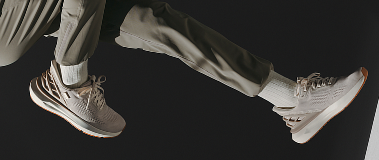
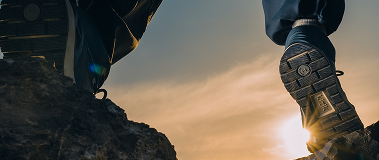

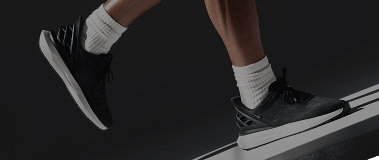
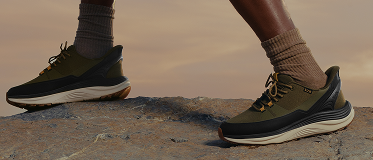
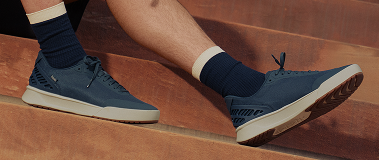
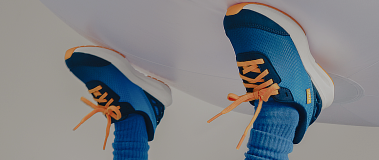
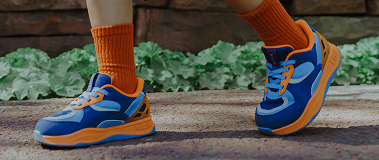
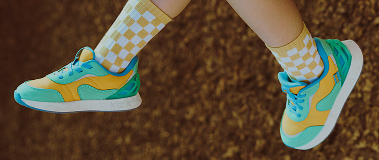

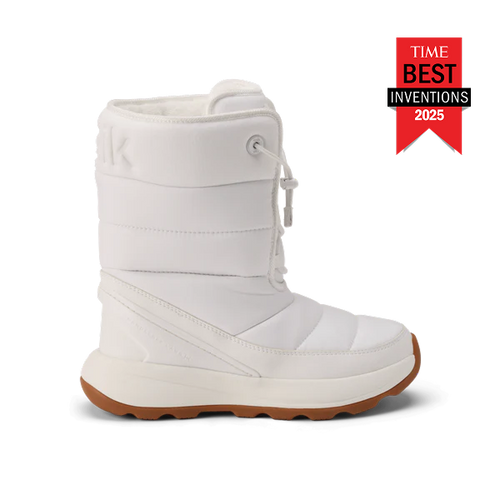


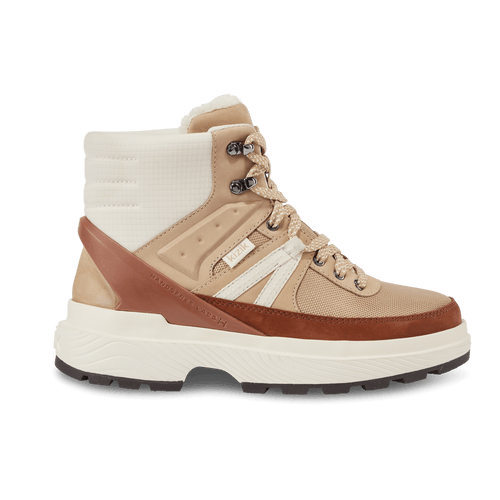
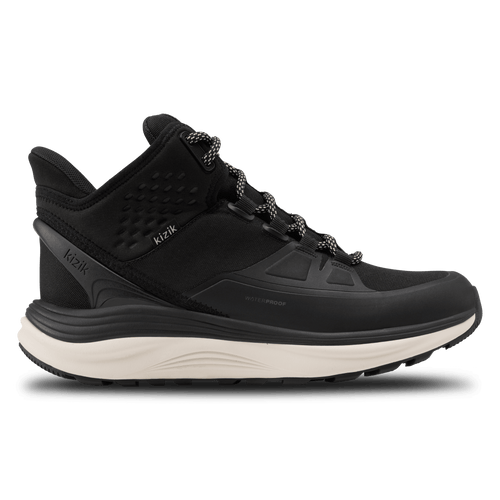








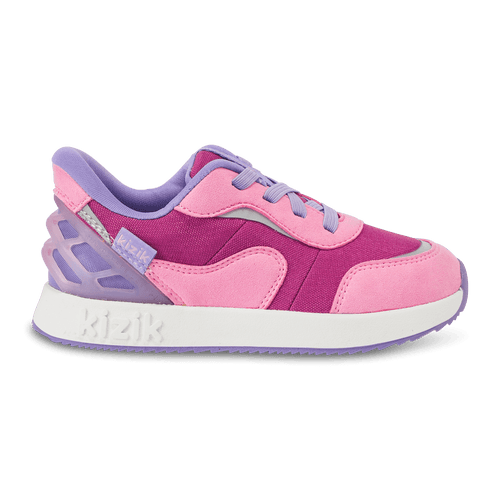

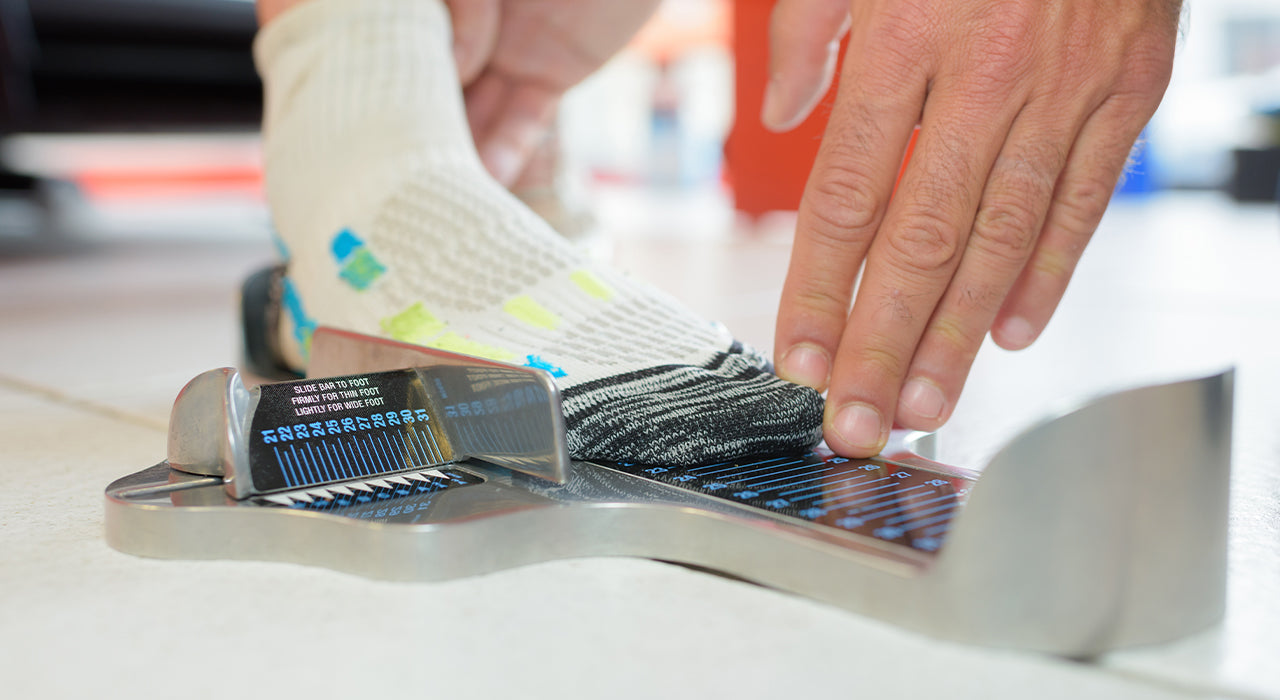
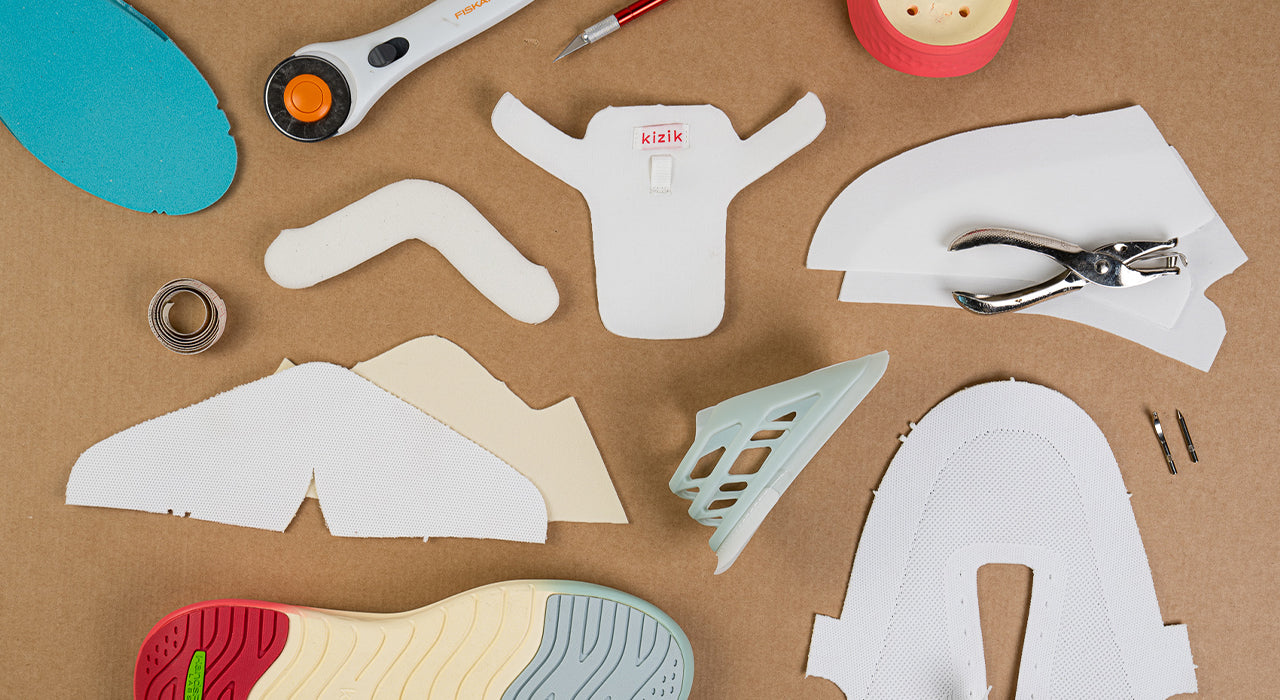
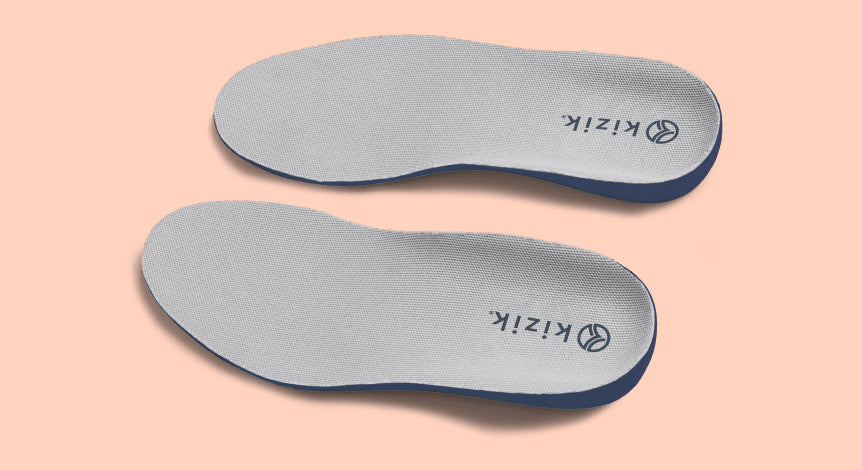
Leave a comment
This site is protected by hCaptcha and the hCaptcha Privacy Policy and Terms of Service apply.